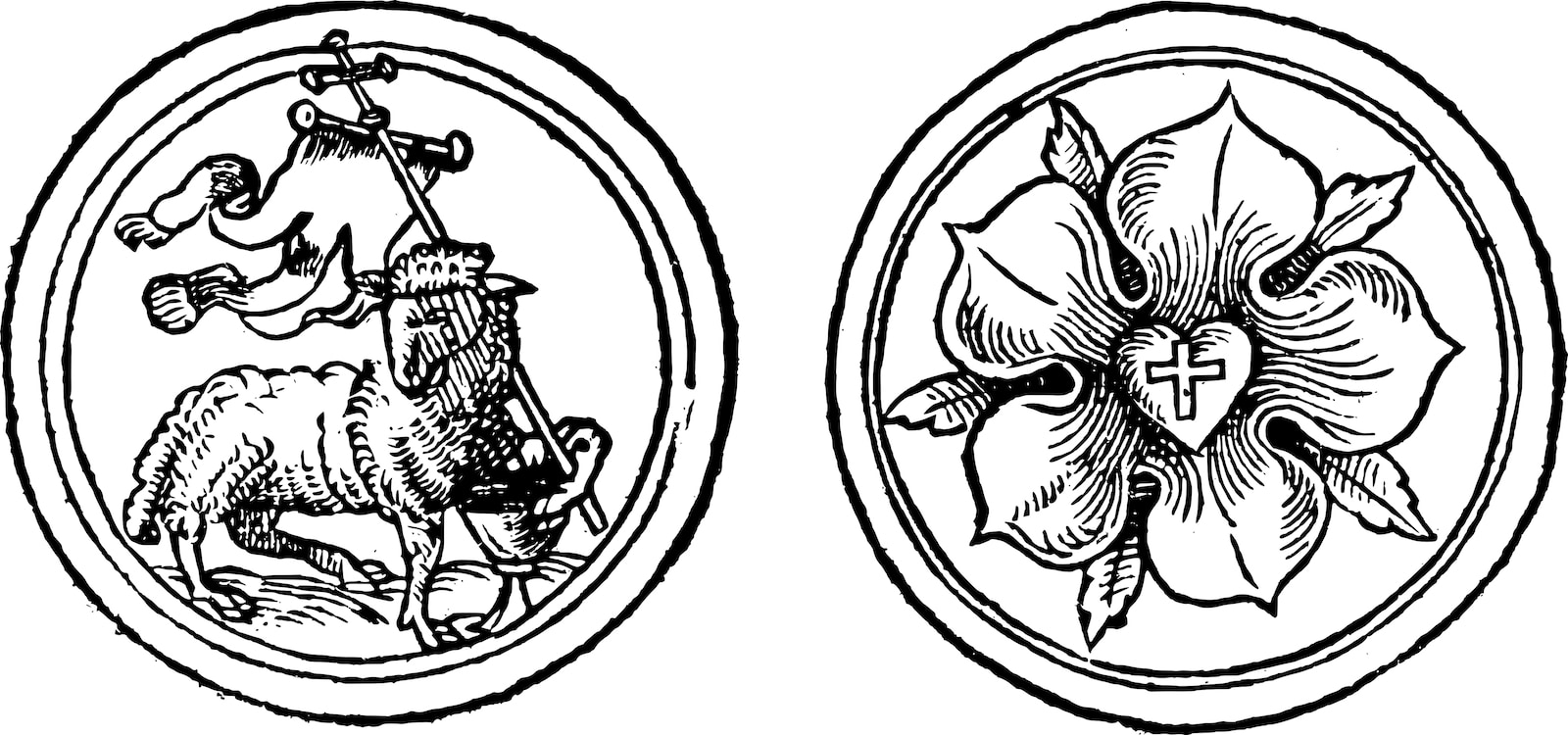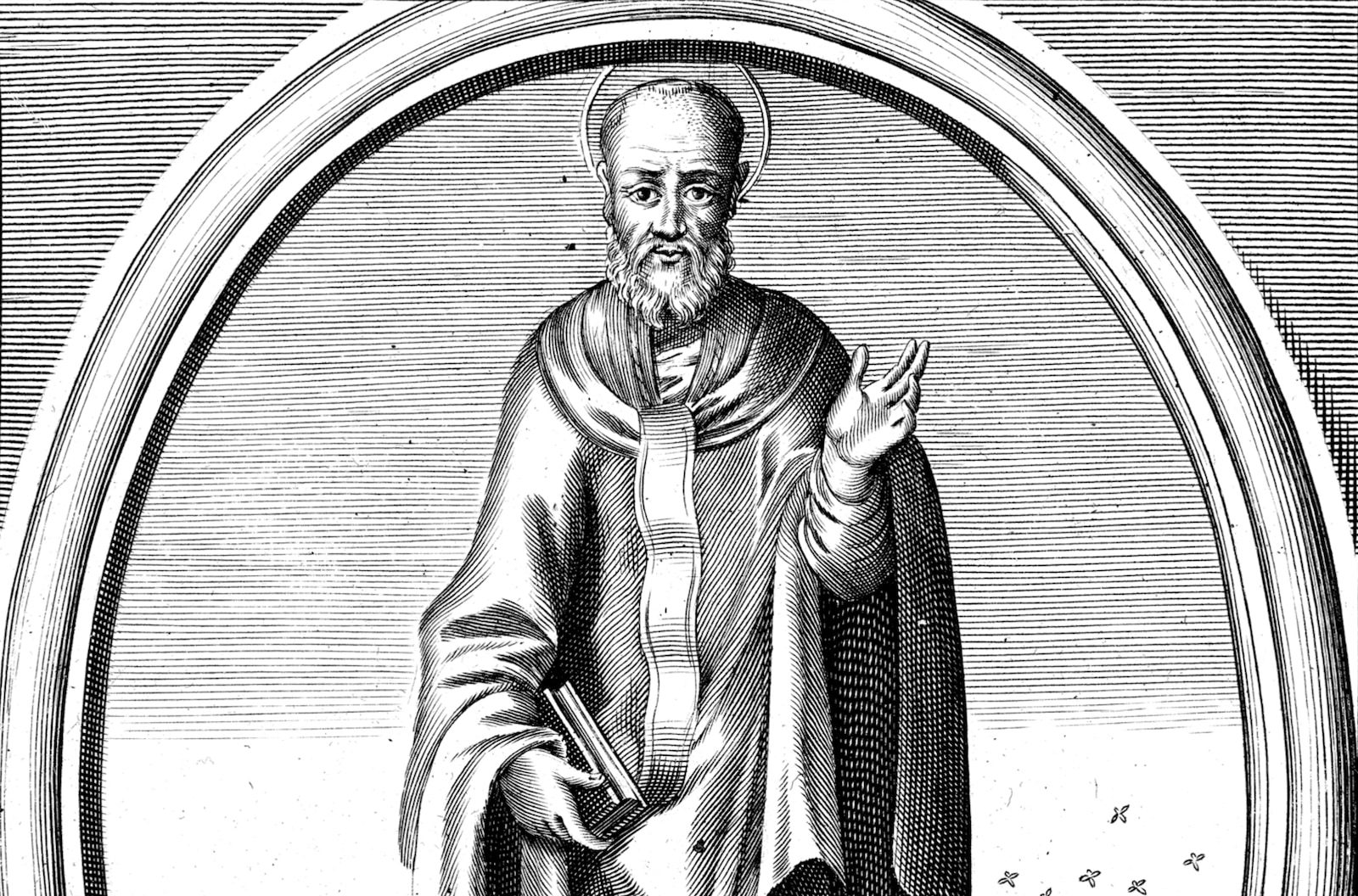Dubbed “the third after which there is no fourth,” Johann Gerhard (1582–1637) is commonly considered the arch-theologian of Lutheranism. Following in the footsteps of Martin Luther and Martin Chemnitz, Gerhard lived in the first generation of those born after the publication of the Book of Concord in 1580. His learning and piety are the direct benefits of an education steeped in the Scriptures and in classical learning—the sort of education Luther Classical College seeks to instill in the hearts and minds of our children today.
Gerhard spent much of his life training pastors at the University of Jena, a prestigious upstart university of confessional Lutheranism at the time. He was so successful in defending Lutheran teaching against the Roman Catholic Church that his enemies attempted to kidnap him in 1631. He was well exercised in faith and hope, being no stranger to suffering, sickness, and loss of both people and property. When he died it was said that “the academy has not lost a professor but the professors have lost the academy.” His tombstone read: “Here lies Piety, Honesty, Sincerity, and Johann Gerhard. Such praise befits him, and it is enough.”
His works defy the saying non multa sed multum [not many but much], displaying a vast learning over the entire theological enterprise such as perhaps never has or will again abide in mortal man. His writings encompass everything from popular devotional writings to detailed doctrinal treatises. All of his works, both popular and academic, display a profound reverence for the authority of Scripture and the conviction that theology is not merely information to be had, but something practical and God-given, a lively Word that has us and shapes our faith and piety. Gerhard insists that we see scriptural theology as both truer than any other field of knowledge and also more practical, shaping how we live and move and have our being.
The following selection is from a collection of homilies he prepared as sermon helps for pastors. In this selection based on John 4:46-54 (for Trinity 21) we have a typical example of how well Gerhard can teach the Old Testament in relation to Christ and the Christian life.
In Exod. 25:10 God commands that the ark of the covenant be constructed, overlaid with gold inside and out, and that the testimony, that is, the tablets of the Decalogue, be placed in it. That they were preserved in this ark of the covenant is mentioned in 1 Kings 8:9 and 2 Chron. 5:10. For Moses, “the faithful servant of God in all His house,” (Heb. 3:5) faithfully executed the command (Exod. 40:20) he had received to put the tablets of the Decalogue into the ark of the covenant (Deut. 10:5). At the side of this ark, in its bosom, so to speak, was later also placed the golden jar filled with manna (Exod. 16:33), as well as the staff of Aaron that had miraculously sprouted (Num. 17:4). So in all, three things were in the ark: the tablets of the Decalogue, the golden jar of manna, and Aaron’s staff (Heb. 9:4). The ark of the covenant, above which God dwelt between the Cherubim (Exod. 25:22) indicates the heart of the truly pious man, which is the proper dwelling of God (Isa. 57:15; John 14:23; 1 Cor. 3:17). In this spiritual ark there are, likewise, three things:
1. true faith, which is indicated by the golden jar containing manna. For faith is that golden vessel which grasps Christ, as denoted by the manna (John 6:49). So also faith is compared to gold in 1 Peter 1:7.
2. love, which is indicated by the tablets of the Decalogue, because “the fullness of the law is love” (Matt. 22:40; Rom. 13:10).
3. hope, which is indicated by Aaron’s budding staff, for the olive tree from which that staff was taken is the first of all to put out its leaves and brings the hope of spring. These three cardinal virtues are also dealt with in the present Gospel pericope, and it is in them that true Christianity largely consists.
I. Three distinct changes to faith are mentioned in this pericope: 1) Unless you see signs and wonders, you will not believe. 2) The man believed the word Jesus spoke. 3) He believed and all his household. From this Augustine insightfully concludes that “this passage describes for us the beginnings, progress, and growth of faith.” We will review what this Gospel teaches about faith under the following headings. Here is described:
1. The efficient cause and source of faith. Christ came to Cana of Galilee before the official was brought to faith. From this we see that Christ is the “initiator of faith” (Heb. 12:2), and that faith is not a work of our natural powers but the free gift of Christ. Eph. 1:19: “We believe because of the working of the powerful might of God.” Phil. 1:29: “To you it has been granted that you believe in Christ.” …
2. The means of faith. Christ kindles faith in us not without means but through the hearing of His Word, which is why it is compared to fire (Jer. 23:29)…
3. The helper of faith. The cross is the admonishment and, so to speak, wind that increases the flame of faith. This official had been present at the wedding in Cana where Christ had turned the water into wine and “manifested His glory” (John 2:11), as Theophylact and others claim, or at least the report of that miracle had come to him. From this the spark of faith was kindled in his heart, but he had forgotten all these things before being admonished through the cross and driven, so to speak, to Christ. Thus still today God suppresses the outer man in us through the cross so as to raise the inner man to Christ. This is especially necessary for those in this world who excel in power, luxury, and wealth. Obviously no one is driven to Christ because of power, rank, and prosperity, as is clear from the example of this official, while the heart still easily clings to these things, and the light of faith is obscured as if by a cloud. Therefore God imposes the cross; He takes away that to which the heart was clinging through disordered love so as to raise it to our Highest Good through faith and devotion.
4. The proper nature of faith. Several properties of faith are described here. This official goes to Christ with great confidence, expecting help from Him. When He delayed a little, he did not go back but remains steadfast and clings to Christ’s word against all sense and reason. For faith is not naked belief or a bare profession of the doctrine of Christ, but it is a living and active thing by which our heart grabs hold of the Gospel promise, relies on it constantly, expects good of every kind from God, and “takes captive sense and thought” (2 Cor. 10:5)…
5. The increase of faith. Faith is not immediately perfect but must increase daily. At his first meeting this official is weak and begs Christ to come down from Cana with him to Capernaum before his son dies. The faith of the Centurion in Capernaum was greater: “Speak only the word and my son will be healed” [Mt. 8:8]. But later the faith of this official increases and becomes as a light shining on everyone in his house, for he believes and all his household. This gives us the comfort that Christ does not wish to extinguish the “smoking wick” of our weak faith (Isa. 42:2[3]). Let us sigh together with the apostles: “Lord, increase our faith!” (Luke 17:5). Just as the priests in the Old Testament were commanded by God to set out wood daily to feed the fire that had come from heaven (Lev. 6:12), so also, because we have been made spiritual priests through faith in Christ (Rev. 1:6), we use the wood of life, that is, the Word, to feed the fire of faith come down from heaven. The apostle calls this “fanning into flame the free gift of God” (2 Tim. 1:6).
II. A beautiful picture of love is set before us in this Gospel, for Christ heals this official’s son out of pure love; it is from love that He bears with his weakness in faith. Likewise, the servants of the housefather run to their master in love and announce that his son has been healed. The official inquires in love about his son’s healing, and in love leads his entire household to know Christ. So then all things are here connected through love, which is the fruit of true faith, through which it “goes to work” (Gal. 5:6)…Just as each member of the body has its own proper work and yet they all serve for the benefit of the whole body, so also in the mystical body of Christ all members adhere to the one head, Christ, through the Spirit; and though the pious have distinct offices, yet they are conjoined through love and all their works are done in love. Thus God gives us a constant reminder of love in our body. But not only in our body but also in the whole universe. For all things in nature serve others. The sun and stars do not shine for themselves but for us. The trees bear fruit, not for themselves, but for us. Herbs do not heal themselves, but our bodies. Yes, even individual things die for the preservation of the whole, all of which gives us a picture of love.
III. An example of hope is also given us in the official. He hopes that Christ will heal his son, yet what he hopes he does not see or understand. In this he follows Abraham, the spiritual father of him and all believers, who “against hope believed in hope” (Rom. 4:18), as is the nature of all true believers. Hab. 2:3: “If the Lord delays, wait for Him; He will surely come…” This faith is the sure and firm “anchor” of our soul (Heb. 6:19). Just as an anchor does not lean into the slippery and fluid foundation of water but sticks into the dirt, so our hope has a firm and unmoving foundation, namely the truthfulness of a God who makes promises. An example of this hope is likewise given us in nature. For he who “plows and sows, plows and sows in hope” (1 Cor. 9:10). Therefore, in cross and calamity we not only apprehend the consolation of the Word by faith but also with a firm hope assert that all calamities will finally be removed. Christ changed the water into wine at His first coming to Cana; at His second arrival He freed the official’s son from sickness. Just so at His first coming He brought the wine of Gospel consolation by which the water of tribulation in this life is made sweet; at His second coming He will free us from all diseases and calamities, yes, from death itself. And this will happen around the “seventh hour,” that is, as the sixth millennium of the world has run its course and the “seventh hour” of eternal rest draws nearer, then will be fulfilled Rev. 21:4: “God will wipe away every tear. Death will be no more, nor mourning, nor weeping, nor pain.” May God bring us to this blessedness by grace for the sake of Christ. Amen.
Translated from Sacrarum Homiliarum, Vol. 2 (Jena: Lobenstein, 1656), 842-845.




